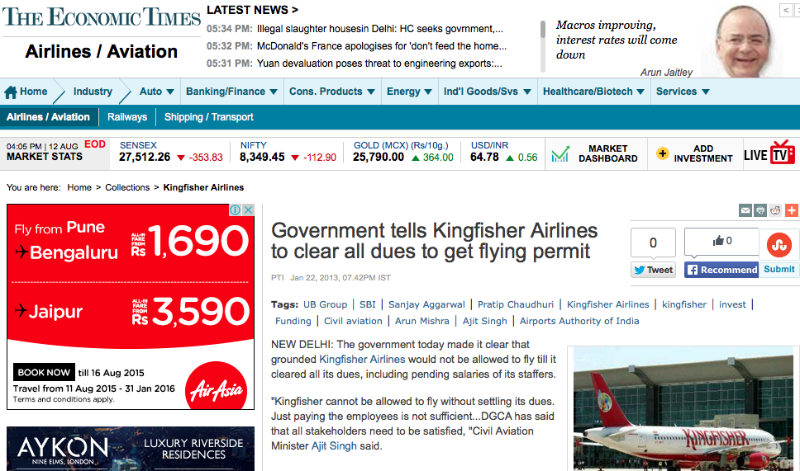The ramshackle UP town of Hathras is miles away from Bollywood. While the glittering lights of tinseltown captivate us, we wish grimy Hathras didn’t exist to spoil our fantasies of ‘New India’. Yet it is a nondescript Hathras village which today reveals the abyss between real India and escapist India.
For weeks, middle-class India has been stupefied by the TV circus on movie star Sushant Singh Rajput’s death. But it’s now time to pause the politically manufactured TV drama. After weeks of vacuous voyeurism, it’s time for genuine anger.
A 19-year-old Dalit woman from Hathras was brutally assaulted and languished in hospital for two weeks. Not immediately shifted to emergency care, she died of her terrible wounds. The police took over her body, transported it to her village and conducted an immediate late-night cremation, refusing to let the family even see her. Astoundingly, police rushed her to the cremation ground and burnt her at 2 AM as if she was nothing but a pile of “evidence” to be destroyed. She burnt in a lonely pyre, her mother still weeping for a last glimpse of her daughter. Could this atrocious cremation have ever been forced on upper castes?
We can call it an ‘encounter cremation’, parallel to an encounter killing, aimed to destroy evidence and bury justice. Police burnt not only the victim’s body but Lady Justice herself.
In sharp contrast, after Sushant Singh Rajput’s death, a range of top federal agencies from ED, CBI to even NCB — generally tasked with investigating large-scale narcotics trafficking — swooped down to examine personal bank accounts and the recreational weed trail. Zealous investigations by these multiple agencies have yielded only three incontrovertible facts so far: the late actor was suffering from depression, was a habitual drug user and as per AIIMS expert, he had committed suicide.
What happened to the Hathras victim is on a different scale altogether. She was educated only up to Class III, lived with her parents hemmed in by social exclusion among a small group of very poor Valmiki Dalit families in a Thakur dominated village. They have little social contact with upper castes and are routinely shunned. On September 14, while collecting fodder for animals, the girl was dragged into a field, violently assaulted, her spinal cord was severely injured, and her tongue slashed. Paralysed, disrobed and bleeding, she lay in the field. Her devastated parents rushed to file a complaint but were turned away from the local kotwali. They then took her to Aligarh, finally admitting her to Delhi’s Safdarjung hospital. For eight days, the local police refused to even register rape charges and a top UP official initially called the crime “fake news”.
However, our people are more interested in following the death of a bollywood actor. Women die gory deaths, but it’s the death of a successful male actor which becomes primetime focus. That bastion of sarkari feminism — NCW — jumped into action over the complaints voiced by actor Kangana Ranaut over BMC actions on her property. Cases filed in High Court on how can Kangana be called ‘haramkhor’, while on other hand, heinous crime is committed and life of a young girl is lost. Union minister Ramdas Athawale — a former fiery Dalit Panther — has rushed to Ranaut’s defence. Neither the NCW nor Athawale were immediately heard on the Hathras victim. After all, Dalits are not ‘people like us’, a poor Valmiki family has no TRP potential and brutal attacks on women have been horribly normalised. Who cares if yet another unknown woman is torn apart and left to die? Let’s focus on the thrilling novelty of a celebrity actor’s death instead.
But if we remain sunk in escapist fantasies, we will only harm ourselves. While we can demand administrative accountability, professional policing and destruction of caste prejudice, etc., it is our idiocy that they will play with. Politicians know exactly what people are interested in -they know that citizens are not interested in sinking economy, crime against women, rising unemployment, hostile neighbours, rampant corruptions etc. Politicians know that diverting attention is easy, by switching to some juicy bollywood story. No uncomfortable/unsavoury questions on any of the above topic will then be asked.
Unless we raise above bollywood fantasy, celebrity crush, following tidbits of tinsel world and start understanding the reality around us, we will be continuously used by politicians for their political gains.

























